blog
Interview with photographer Rachael Banks
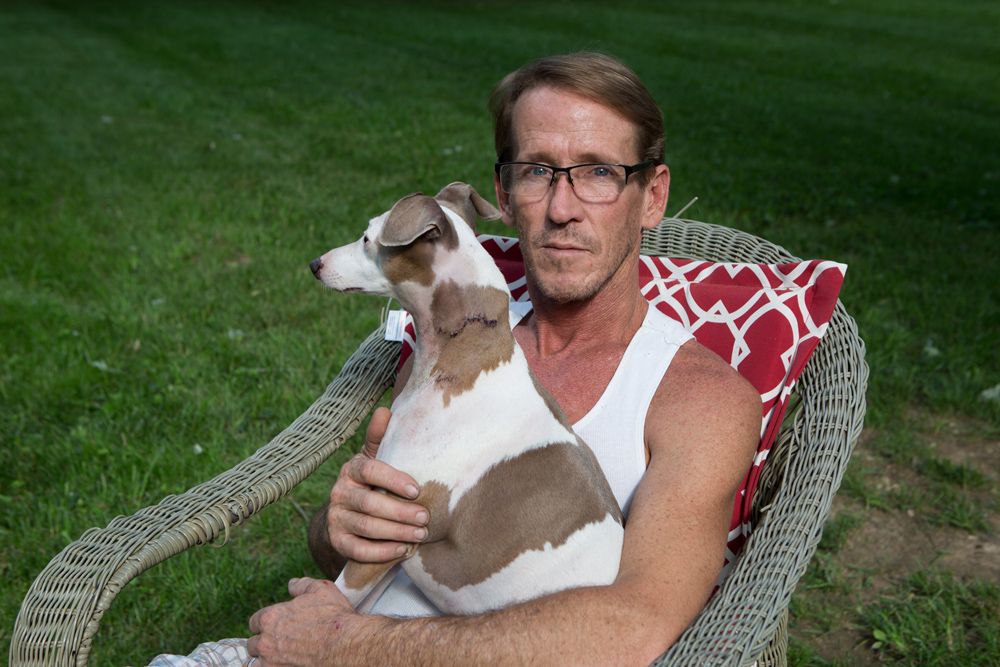
© Rachael Banks, Grady after Benson, 2016
Rachael Banks is a photographer from Louisville, Kentucky, and is an Assistant Professor of Photography at Northern Kentucky University. In Issue 94, we feature her work in the thematic context of animals while acknowledging her work focuses primarily on family dynamics, relationships, and nostalgia. She is also especially interested in social subcultures and identity informed by place. While her work is not solely centered around animals, Banks’ creates work about her family and the uneasiness of those relationships that are strained but also incredibly involved. The inclusion of numerous pets or animals in her family’s life conveys the importance animals play in our lives as she explores feelings of loss, identity, and meaning in the context of family, love and acceptance.
I am the oldest of three, but more like a mother than a sister.
I constructed a family of siblings, both real and assumed.
‘Between Home and Here’ addresses deeply internalized
guilt and the essence of loved ones.There is a history of pain and an apparent inwardness in my family.
My brother has a rage inside of him that I know others can see.
But, I can’t help noticing the way he delicately handles a small rabbit in his arms, gently stroking its ears and shielding its eyes from the fear of the unfamiliar.
I am a witness to their sensitivity and empathy in how they revere animal life, despite human failure.
This is a story about hating and loving where you are from.
It comes from doing anything to go back to a place that you left.I left my heart in Kentucky and came back to find it.
The photographs are artifacts from my search.Rachael Banks – ‘Between Home and Here’
Cary Benbow (CB): Your project Between Home and Here explores very powerful tropes of Family and inclusion. Let’s talk about the level of trust and intimacy in your work, and I’d like to ask about the project in terms of portraiture versus straight documentary style photography.
Rachael Banks (RB): While I am extroverted at work (I have to be), I am actually pretty shy and slow in how I go about making work, so it isn’t always as viable for me to photograph strangers. There is definitely a level of intimacy I have to achieve with a person to make work about them extensively. I really like to invest in whoever I am making work about. I go back and forth about my work being more portraiture based vs. documentary. In the beginning, I was interested in the concept of aesthetic beauty and portraiture allowed me to explore that. However, as the work has continued, I’ve thought more about my relationships with people and the place I feel I have in the world. I never considered myself a documentary photographer because I wasn’t sure if photographing my family fit within the scope but as the work expands, I definitely feel like the work is more heavily influenced by documentary photography. Portraiture is something I naturally gravitate towards in respect to my working methodology but my intent goes beyond the mode in which I present my images.
CB: Let’s discuss the role animals play in your work; how much of a role do they play in the lives of your subjects, or in your own life?
RB: I’m not sure if this is a regional or family influence (maybe a little bit of both) but I grew up surrounded by animals. My family members have always had a wide array of pets and my dad lives on a farm. I was definitely raised in an environment that placed a heavy emphasis on respect for animals and to treat pets as family. Because my work is so centrally focused on my relationships with immediate family, it is inevitable that animals become a part of that. Additionally, I see that animals often serve as an extension of the subject I am photographing and that they can help inform the viewer with more insight into the personality traits of the individual. On a personal note, I spend a lot of time driving to make work and I bring my dog Ghost with me as much as possible. If there isn’t an animal in the photograph I’m making, there is most likely one sitting next to me while I’m shooting.
CB: With regard to your earlier statement about your portraits documenting your family, what do you feel are the “obligations” of a photographer, or what obligation do you have to the people, your family, in your photos?
RB: I think it is important to have the ability to stand behind every image that you make. I understand that anything I put out into the world for others to see is coming from my own specific gaze and that I am actively selecting how the subject is framed and presented. I feel that I have a responsibility to myself and others to be able to understand that not everyone will see my images the same way that I do and that I have the ability to contribute (both negatively and positively) to how an individual/region/situation is represented. There is always the possibility that something I make can be misunderstood or that I can even cause harm, so with that in mind, I try to make sure that I don’t share anything that I can’t live with later on in life.
CB: What compels you to make the images you create? Why do you photograph?
RB: My mom photographed my entire childhood – and I mean she photographed everything constantly. While she has never identified as being creative/artistic, I feel that her compulsions have influenced me greatly and my need to document as much of my life/surroundings as possible. I have a lot of anxiety about forgetting defining moments or losing sight of what informs my identity. Photography has always provided a way for me to stay connected to who I am and what matters to me.
CB: Who are your photography inspirations or how to they influence your work?
RB: This is a question where I can go overboard so I will attempt to be as concise as possible. I really love Doug Dubois and the way he documents youth in addition to integrating a graphic novel in his series My Last Day at Seventeen. When I think about the muse in the photograph, I always look at Emmet Gowin; because who wouldn’t want to be loved the way that Edith is? I’m really inspired by Nathan Pearce and the way he photographs his life in the Midwest – he also has an incredible work ethic that always pushes me to be better. Jake Reinhart is another big inspiration for me because of his extensive approach to research and his ability to articulate his work in such a thoughtful way. I am also currently excited about Amy Powell, Caiti Borruso, Susan Worsham, and Dylan Hausthor.
CB: Do you feel there is a significant difference between “documentary” style photography versus “portrait” photography as a label? Or are those labels significant as a category to your work?
RB: I think that there is crossover between portraiture and documentary in my work. In terms of there being a difference, I believe the intent of the photographer is significant in making distinctions between the two. I’ve seen documentary work that is mainly consistent of portraiture so there isn’t much a difference between the two in that situation but I have also seen a lot of portraiture work that is more about visual aesthetics than it is about being documentary. I feel that my work falls in both categories in that I work primarily in portraiture but I am approaching my subject matter as a documentarian. Portraiture is a natural habit for me but I am more interested in the research and document component of making work. I don’t want to be the person that says I don’t fall into a category because I definitely fall into a few! If I had to describe my work in one sentence to a stranger I would summarize it as a documentary approach to family (assumed and biological) portraiture.
CB: Please talk about the role of a photographer as “publisher” and what you think about the recent increased push for photographers to publish photo books and/or zines. I know you are a strong advocate for publishing work.
RB: I am 100% supportive of photographers working in self-publishing and its one of my favorite components of photography. I think there is a lot that self-publishing/zines allow for a photographer in regard to the opportunity for exposure that it provides. While I feel it is still important to show work in galleries, a zine allows a photographer to share work without being weighed down by so many financial burdens. Accessible art is really important to me and I feel that self-publishing allows for photography to be more readily distributed and shared which fosters such a dynamic community that I value being a part of. On another note, I think that there is an over saturation of photobooks in the world right now, but I’m not terribly upset about having more books to collect. If there is a project that isn’t ready to be presented to the work as a traveling solo exhibition or a monograph, it can still be shared/distributed as a zine. Publishing also allows for photographers/viewers to see work as a physical object as opposed to looking at everything through a screen. I definitely appreciate the photograph more as a physical object and publishing encourages this.
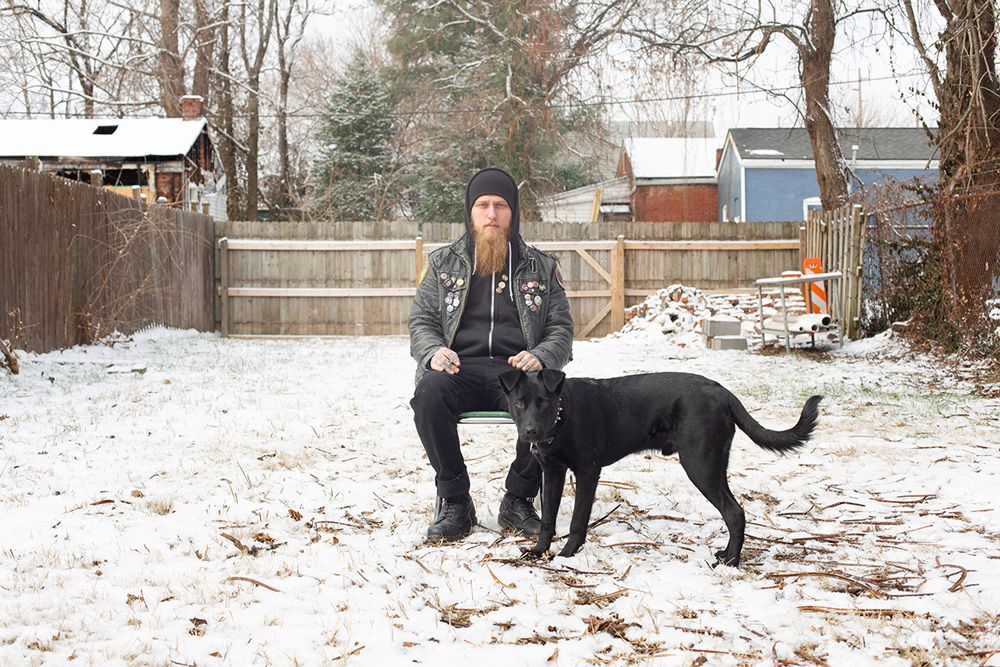
© Rachael Banks, Ghost in the Snow, 2017

© Rachael Banks, The See Him in You, 2018
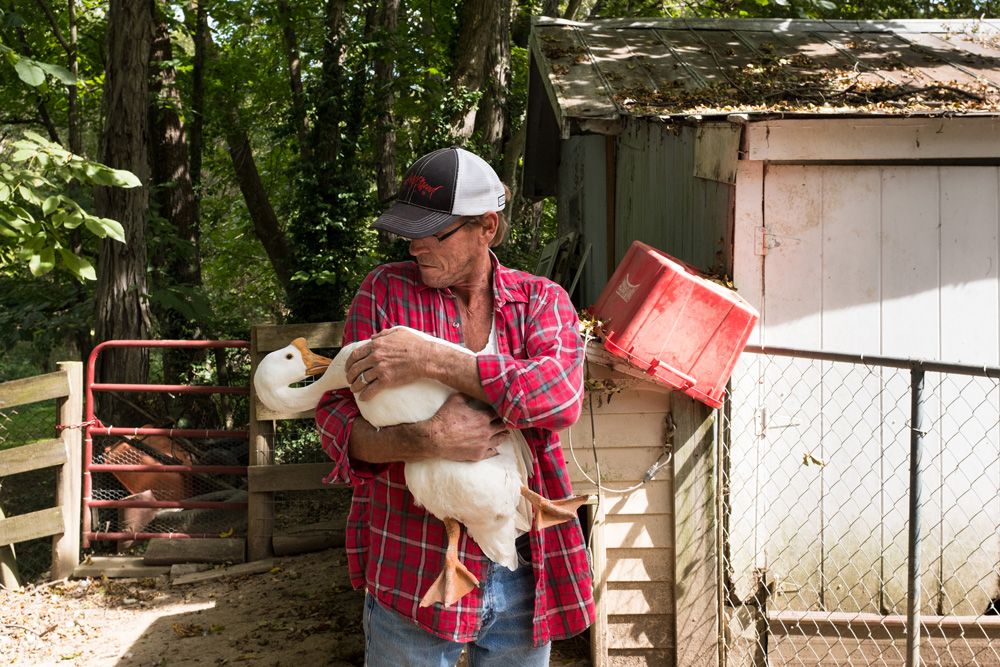
© Rachael Banks, Dad Holding Mabel, 2017
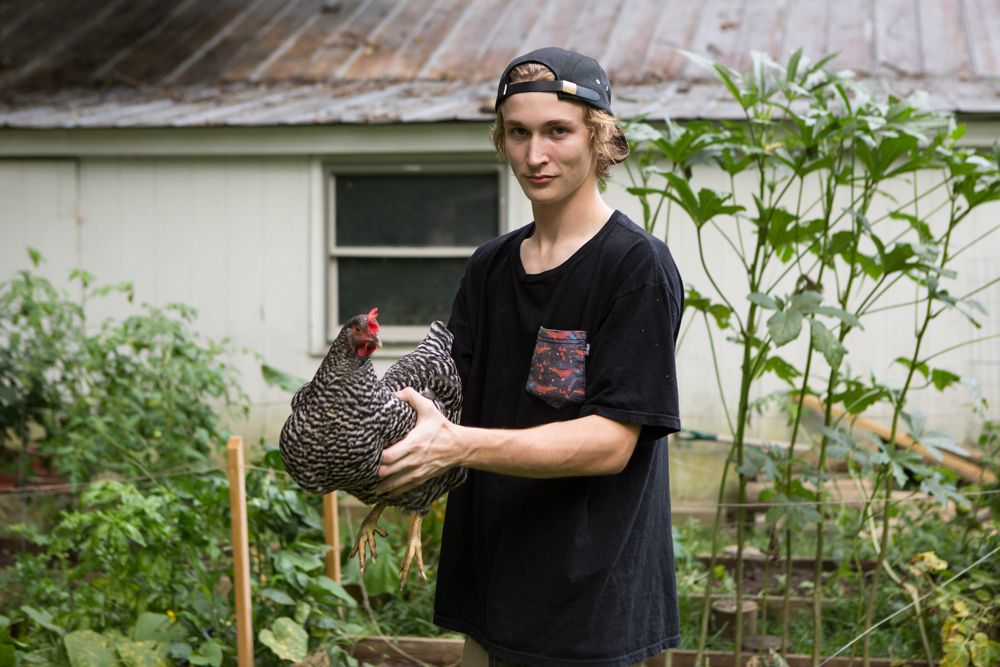
© Rachael Banks, In the Garden, 2015
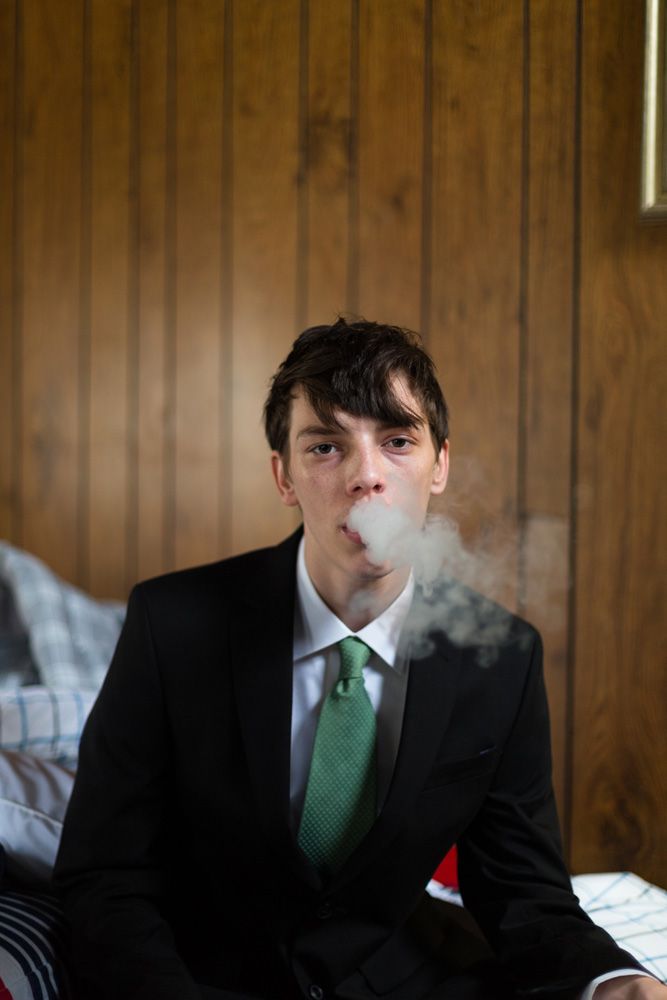
© Rachael Banks, from Between Home and Here
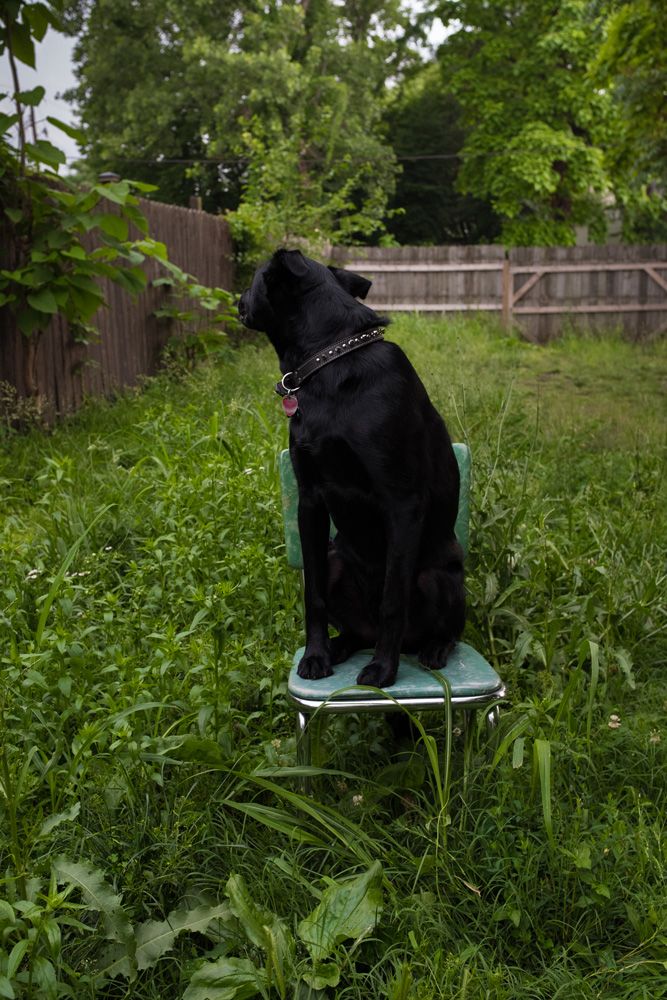
© Rachael Banks, Ghost, 2017

© Rachael Banks, My Dream of a White Horse, 2018
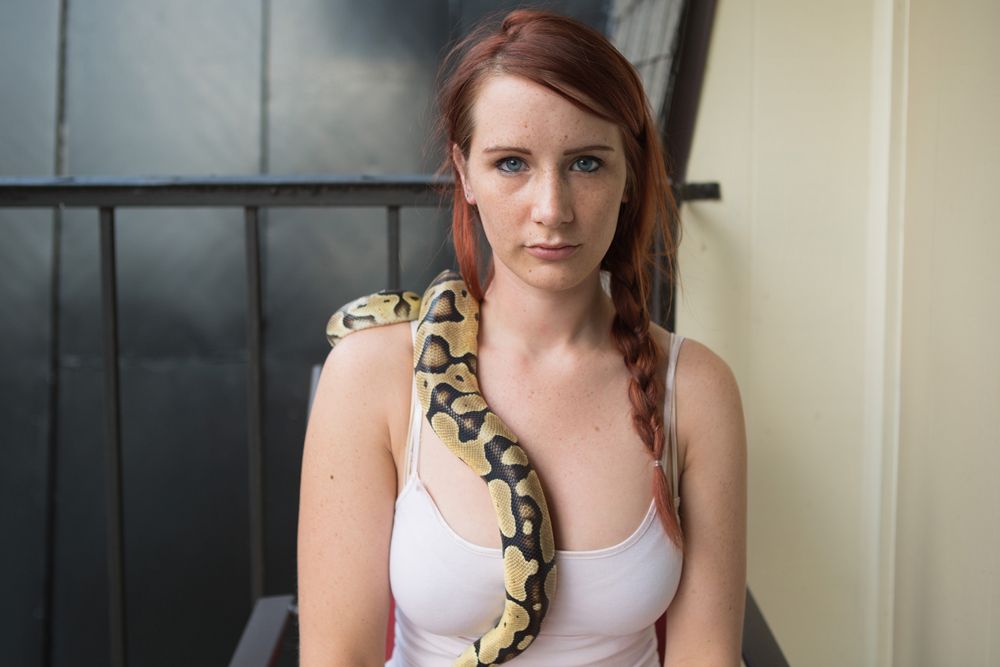
© Rachael Banks, Basil, 2015
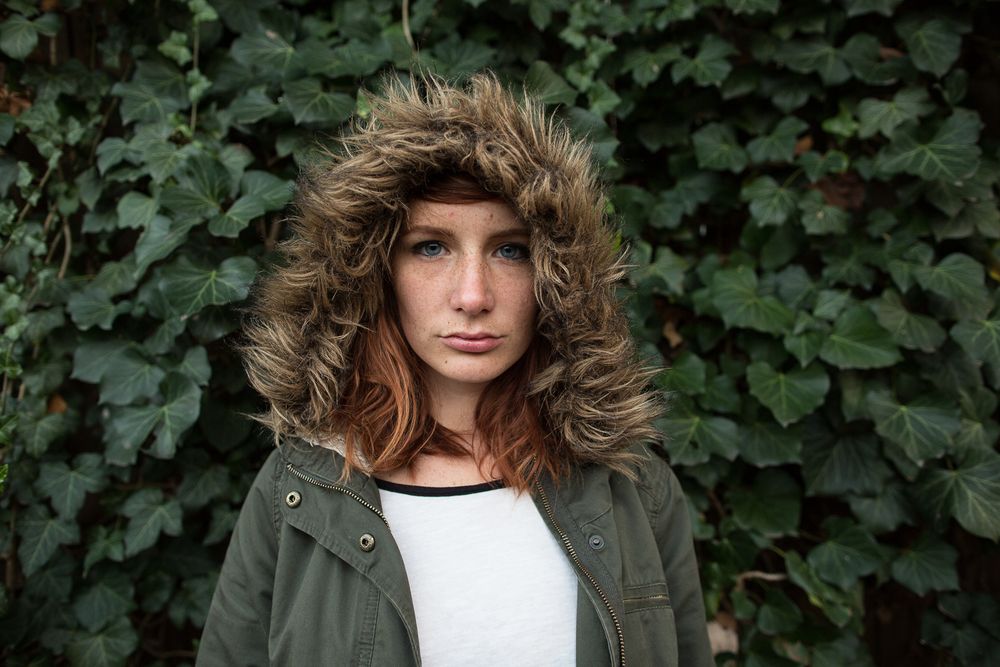
© Rachael Banks, from Between Home and Here

© Rachael Banks, from Between Home and Here
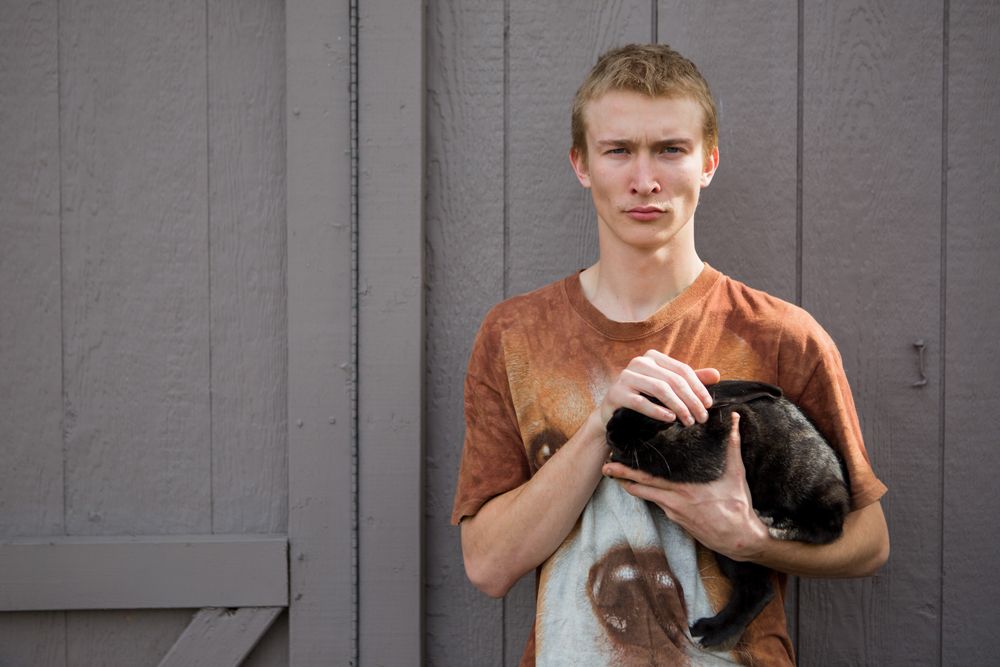
© Rachael Banks, Bo Jackson, 2015
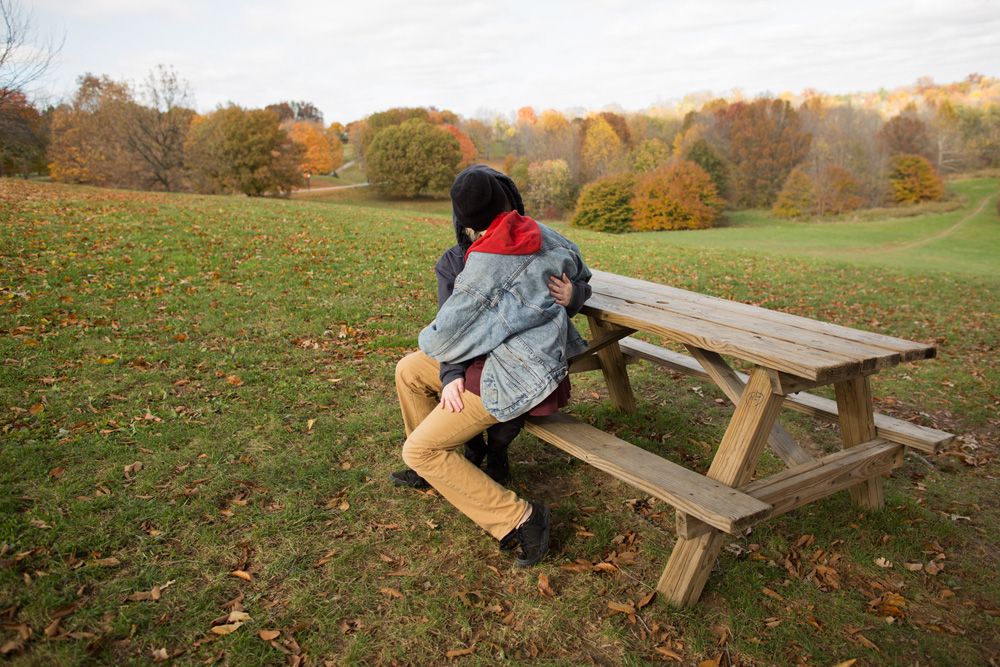
© Rachael Banks, from Between Home and Here
Rachael Banks (b. Louisville, KY) is an Assistant Professor of Photography at Northern Kentucky University and is based in Covington, KY. She received an MFA in photography from Texas Woman’s University (Denton, TX). Banks is an avid supporter of self-publishing, accessible art, zines, and collecting. Her work has been shown at The Center for Fine Art Photography, The Kinsey Institute, Black Box Gallery, Darkroom Gallery, and several other institutions. She has also been featured in a number of online photography publications and frequently participates in panel discussions and invited speaker presentations.
To see more work by Rachael Banks, please visit her website at www.rachaelbanksphoto.com
Location: Online Type: Featured Photographer, Interview
Events by Location
Post Categories
Tags
- Abstract
- Alternative process
- Architecture
- Archives
- Artist residency
- Artist Talk
- Biennial
- Black and White
- Book Fair
- Car culture
- Charity
- Childhood
- Children
- Cities
- Collaboration
- Community
- Cyanotype
- Documentary
- Environment
- Event
- Exhibition
- Faith
- Family
- Fashion
- Festival
- Film Review
- Food
- Friendship
- FStop20th
- Gender
- Gun Culture
- Habitat
- home
- journal
- Landscapes
- Lecture
- Love
- Masculinity
- Mental Health
- Migration
- Museums
- Music
- Nature
- Night
- nuclear
- Photomontage
- Plants
- Podcast
- Portraits
- Prairies
- Religion
- River
- Still Life
- Street Photography
- Tourism
- UFO
- Water
- Zine

Leave a Reply